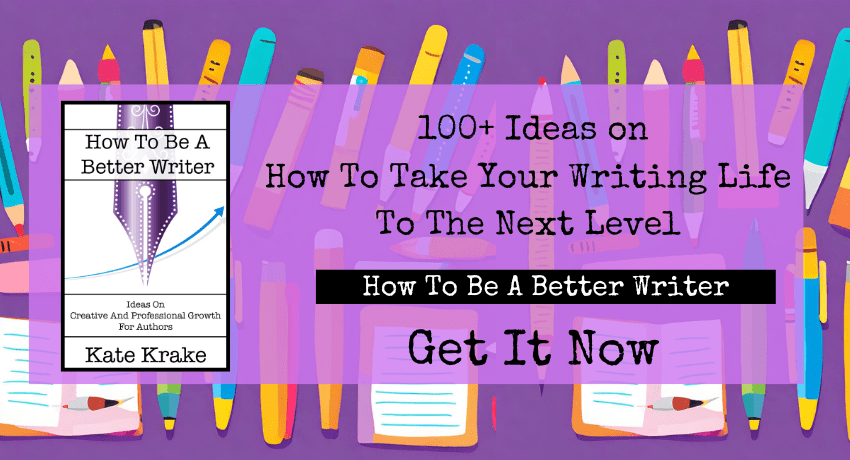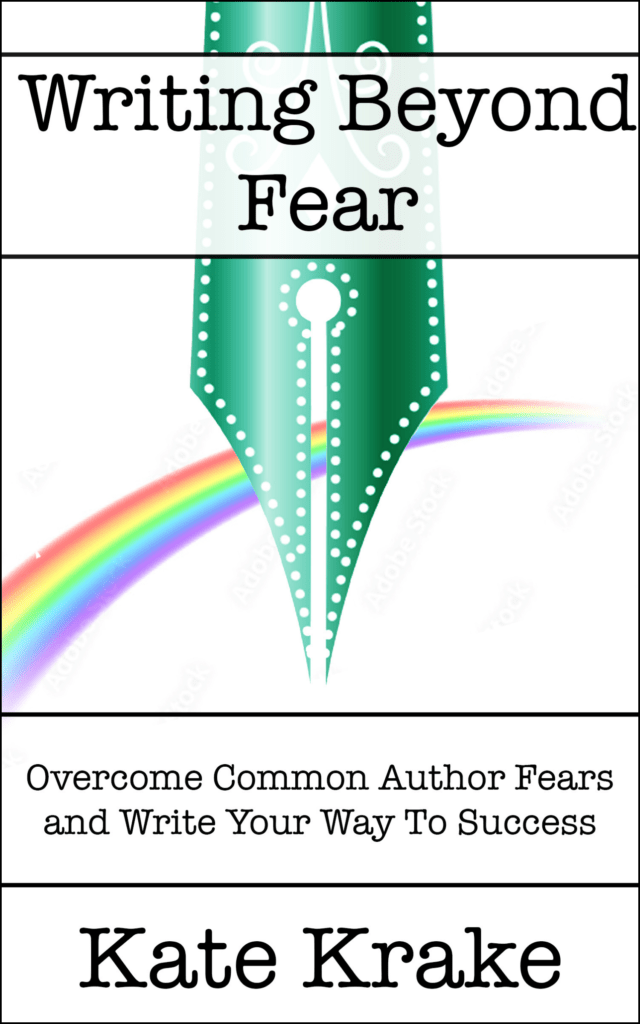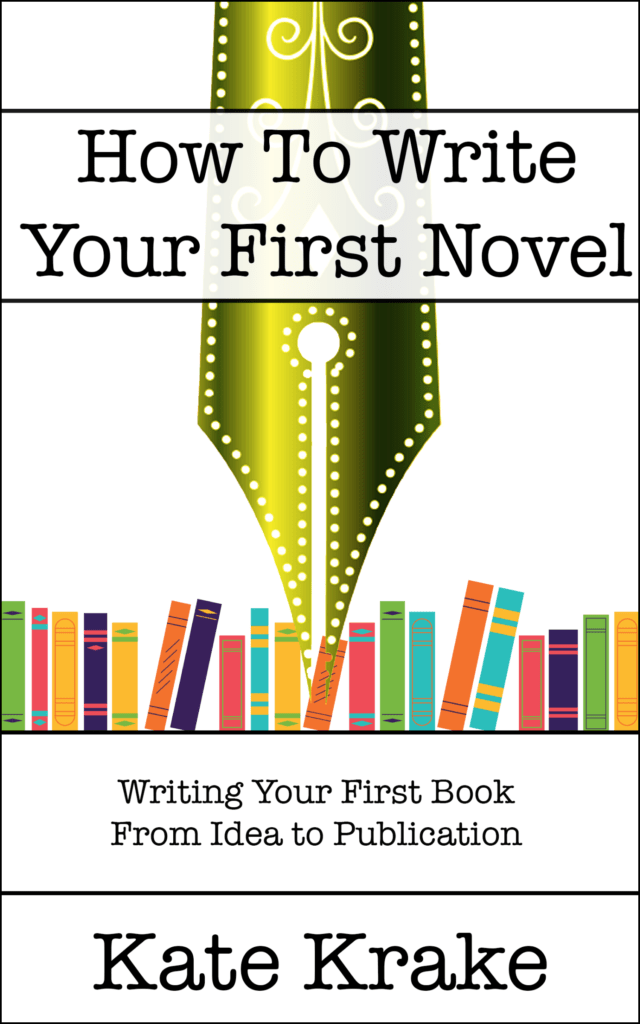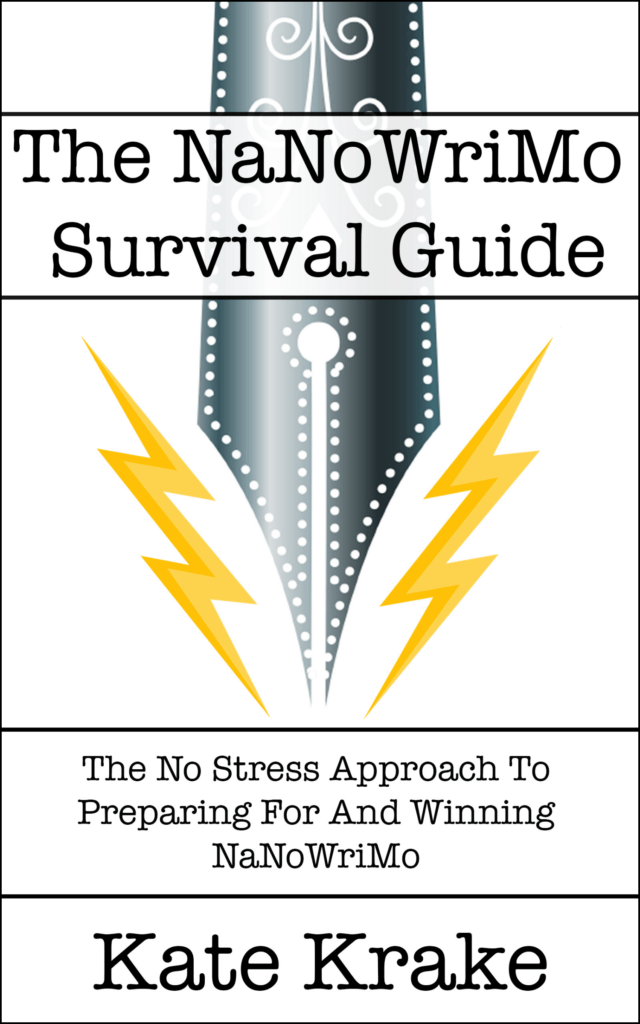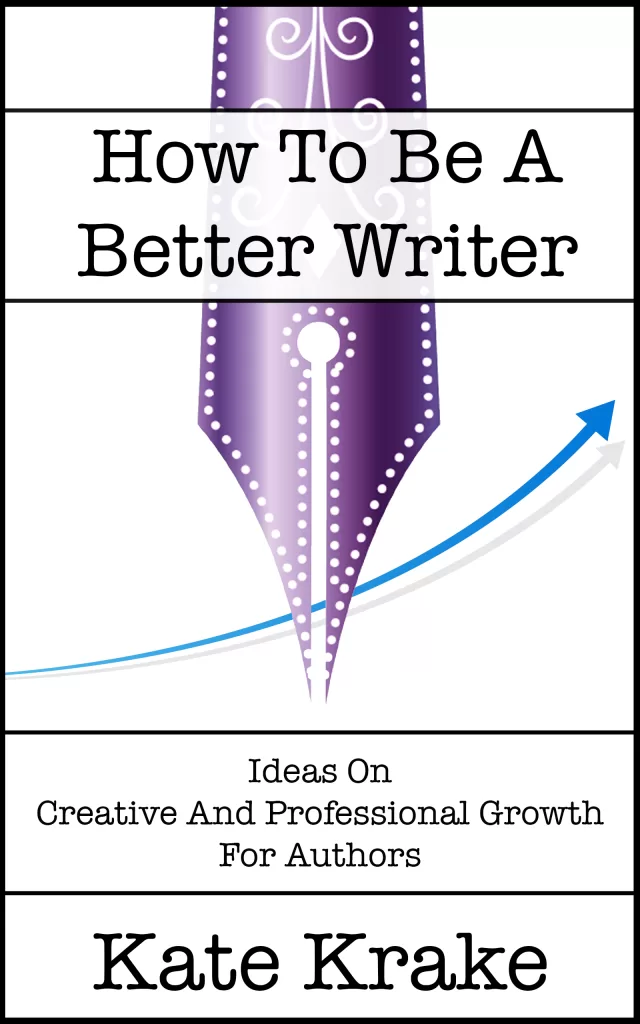For some writers, writing to market is the path to ultimate success–they get to make up stories and make bank at the same time.
For some writers, writing to market means the absolute annihilation of creative expression and authenticity.
For some writers, it’s somewhere in the middle.
If you’re a writer who only writers for yourself and the people nearest to you, then a book buying market doesn’t even matter, so you can skip this discussion.
If you’re a writer who wants to find an audience for your work, whether that’s for monetary gain or for just getting eyes on your words, being seen (and both reasons for wanting to reach an audience are legit), then writing to market is going to be a consideration.
But how do you write to market and remain in your creative authenticity?
It depends on how you are approaching writing to market.
What Is Writing To Market?
Writing to market can mean finding a reasonably viable market for what you are already writing—an audience of readers who are already paying for books like yours—and perhaps tweaking your work so that it closely aligns with what’s already selling.
This is called meeting market expectation, or “writing to reader.”
Writing to market can also mean finding a market, any market with an existing paying readership and engineering your writing from the first word so that it closely fits that market.
This is the end of the spectrum that usually attracts the “selling out” vibe. But it doesn’t need to be so black and white. If you enjoy writing what that market wants, then there’s no slimy selling-out involved at all.
Writing To Market While Maintaining Creative Authenticity
You can still write to market and maintain the integrity of your creative authenticity.
Here’s a scenario:
Say you are thinking of tapping into the seemingly infinite riches of the romance market. Romance is consistently the highest selling genre across the publishing world. Why shouldn’t you take a piece of that cake? You’re not much of a romance reader, or not at all a romance reader, but you’ve seen The Notebook a few times and usually enjoy a romance subplot, and hey, who doesn’t enjoy falling in love? So, you get on Amazon and find a romance market subcategory that sells well. This is where your creative authenticity, your identifying self values, and everything about you will direct the work. You look at the top selling subcategories and see that super spicy kinky stuff involving violence and dark themes (possibly not even humans). You also see wholesome love stories that extend no further than a gentle kiss, if that, saturated in Christian values. In the middle, you can see stories that have some sexual content. Maybe it’s in a fade to black kind of way, but nothing out of what would appear in any mainstream Hollywood romcom.
Your authentic self will decide which subcategory is right for you.
If you’ve got no issue with the kink, personally, creatively, and you’re actually kinda intrigued by it, then go for it with the open heart that you’re not selling out, you’re exploring a part of your creative expression. If the idea of writing kinky stuff repels you, then writing in that market will violate your authentic creativity.
You might write it, even sell it, but how will that feel?
Equally, if you write a story for the Christian market just for the sake of selling, and that’s not aligned with your personality and beliefs, it might not feel so great and will fly in the face of your authentic nature.
So, you find the market that best represents you, your values, your writing style, even if the genre isn’t your favourite.
This works across all market genres, not just romance. I chose romance for this illustration because it’s a massive industry, and because of the frequent returns, many a non-romance author (myself included) have had a crack at writing in one of its many subgenres.
Create Your Own Market
You can, in theory, create your own market.
Publishing markets are living things. They evolve and change and emerge with what people are interested in. Was there even such a thing as monster romance a few years ago? How about paranormal women’s fiction? Cozy fantasy? No. Or at least they weren’t so clearly defined and visible as they are today.
These markets were intentionally developed by writers who wrote whatever they wanted and then readers discovered it was exactly what they wanted to read.
Read about how Paranormal Women’s Fiction was engineered as a market by a group of writers here.
Engineering your own market can be the long path toward writing to market and writing your own stories, but it’s still possible. If in the meantime, you want to be paid for your writing and don’t want to wait for a readership to catch up with how amazing your unique subgenre is, then there is a way to write to a market of existing readers and still tell the stories that are true to your heart.
There is no need for an either/or black and white distinction here.
We deserve to have our writing read, deserve to be paid for our work, and deserve to put ourselves into our words. Writing to market, direct to the reader, can make that happen, and you get to decide how it works for you and the ways your creative spirit drives you to create.


